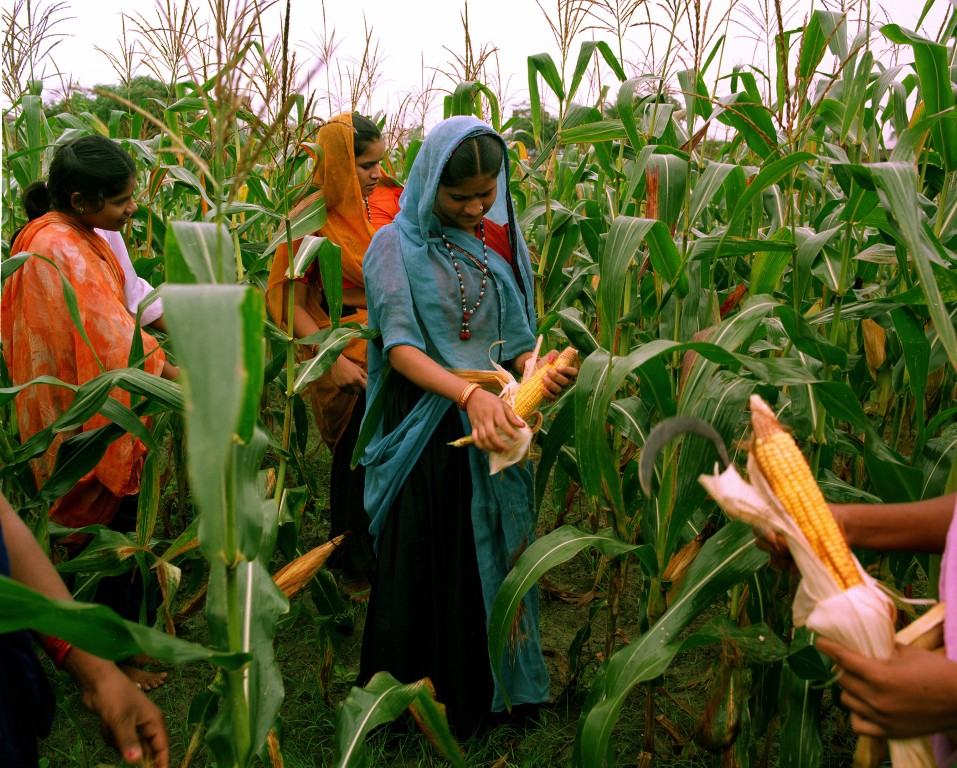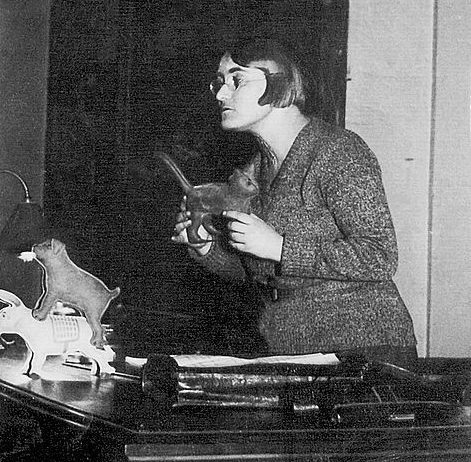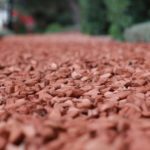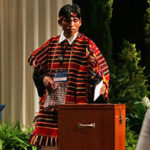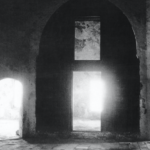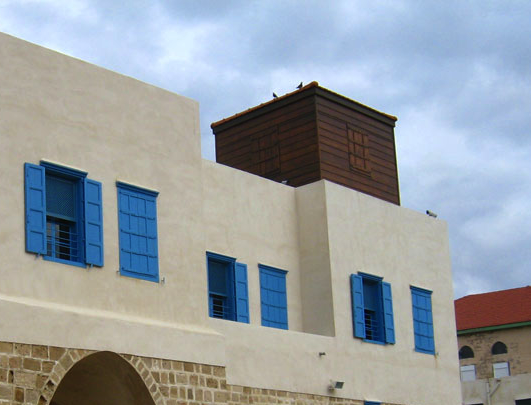
Adam and the Rainbow Serpent

In ancient biblical lore Adam is the first human and the creation story of Adam and Eve is well-known.
Adam and Eve are cast as responsible for the “fall of man” through their disobedience in eating from tree of good and evil. This story is regarded as a metaphorical rather than literal in the Baha’i teachings.[1]
In the Qur’an, Adam and Eve also appear, but the story is told differently. In Islam, Adam is regarded as the first prophet, not just the first man. Adam’s disobedience, as it is told in the Qur’an, however, does not condemn humanity. There is no doctrine of original sin. God forgives Adam. As an aside, in the Qur’an, Eve does not cause Adam to sin. A fascinating passage is one in which God instructs the angels about Adam.
And when thy Lord said unto the angels: Lo! I am about to place a viceroy [i.e. humanity] in the earth, they said: Wilt thou place therein one who will do harm therein and will shed blood, while we, we hymn Thy praise and sanctify Thee? He said: Surely I know that which ye know not. And He taught Adam all the names, then showed them to the angels, saying: Inform Me of the names of these, if ye are truthful. They said: Be glorified! We have no knowledge saving that which Thou hast taught us. Lo! Thou, only Thou, art the Knower, the Wise. (Qur’an 2:30-31)
Bahá’u’lláh recasts Adam yet again in his teachings.
AND now regarding thy question, “How is it that no records are to be found concerning the Prophets that have preceded Adam, the Father of Mankind, or of the kings that lived in the days of those Prophets?” Know thou that the absence of any reference to them is no proof that they did not actually exist. That no records concerning them are now available, should be attributed to their extreme remoteness, as well as to the vast changes which the earth hath undergone since their time.
Moreover such forms and modes of writing as are now current amongst men were unknown to the generations that were before Adam. There was even a time when men were wholly ignorant of the art of writing, and had adopted a system entirely different from the one which they now use.[2]
This concept of the existence of prophets before Adam is an exemplar of Bahá’u’lláh’s broader teaching that all human communities have been the recipients of divine inspiration.
O CONTENDING peoples and kindreds of the earth! Set your faces towards unity, and let the radiance of its light shine upon you. Gather ye together, and for the sake of God resolve to root out whatever is the source of contention amongst you. Then will the effulgence of the world’s great Luminary envelop the whole earth, and its inhabitants become the citizens of one city, and the occupants of one and the same throne. This wronged One hath, ever since the early days of His life, cherished none other desire but this, and will continue to entertain no wish except this wish. There can be no doubt whatever that the peoples of the world, of whatever race or religion, derive their inspiration from one heavenly Source, and are the subjects of one God. The difference between the ordinances under which they abide should be attributed to the varying requirements and exigencies of the age in which they were revealed. All of them, except a few which are the outcome of human perversity, were ordained of God, and are a reflection of His Will and Purpose. Arise and, armed with the power of faith, shatter to pieces the gods of your vain imaginings, the sowers of dissension amongst you. Cleave unto that which draweth you together and uniteth you. This, verily, is the most exalted Word which the Mother Book hath sent down and revealed unto you.[3]
These concepts apply to all human beliefs. It is clear that the two passages above imply that indigenous beliefs are as connected to divine inspiration as the beliefs of any other people.
A common aspect of indigenous belief is the infusion of spiritual in the material. This we have also seen this in Bahá’u’lláh’s teachings on nature.
In Australia, a widespread aspect of religious belief among Aboriginal and Torres Strait Islanders is the Rainbow Serpent. This is sometimes understood as a creator being. In a submission from the Australian Institute of Aboriginal and Torres Strait Islander Studies on freedom of religion and belief, the Rainbow Serpent is described as follows:
Aboriginal art is bound to people’s relationship with the land. Paintings and other works of art are manifestations of the ancestral beings, transforming the earth through their actions, determining forms within the landscape. The paintings and sacred objects produced in ceremonies are not simply representations of ancestral beings, nor are the ceremonies simply re-enactments of ancestral events. They are, in a sense, manifestations of the ancestral beings and re-creations of the events that they took part in. The Rainbow Serpent has become one of the better-known ancestral spirit beings to non-Indigenous people, depicted in ceremonies through song, story, dance, literature and art. The Rainbow Serpent represents the creator of life who has both female and male aspects. In the Dreaming all the earth lay asleep until the Rainbow Serpent awoke from sleep and moved across the Land creating all the landforms present today. The Rainbow Serpent is said to represent the creative and destructive power of nature, especially rain and water.[4]
Philip Obah an Aboriginal elder of the Wadja people of North Queensland who is also a Baha’i, presents a slightly different understanding of the Rainbow Serpent. In this understanding, the Rainbow Serpent is a symbol of the prophets of the past who have appeared among Australian aboriginal people.[5]
The creative role of the Rainbow Serpent also resonates with concepts of renewal and rebirth that, for example, appear in another re-telling of the creation story. The Gospel of John:
In the beginning was the Word, and the Word was with God, and the Word was God. … Through him all things were made; without him nothing was made that has been made. In him was life, and that life was the light of all mankind.(John 1:1-4)
This article is the 45th in a series of what I hope will be 200 articles in 200 days for the 200th anniversary of the birth of Bahá’u’lláh. The anniversary is being celebrated around the world on 21 and 22 October 2017, The articles are simply my personal reflections on Bahá’u’lláh’s life and work. Any errors or inadequacies in these articles are solely my responsibility.)
Image Credit: By Pink Sherbet Photography from USA (Summer Sidewalk Chalk Rainbow) [CC BY 2.0 (http://creativecommons.org/licenses/by/2.0)], via Wikimedia Commons
